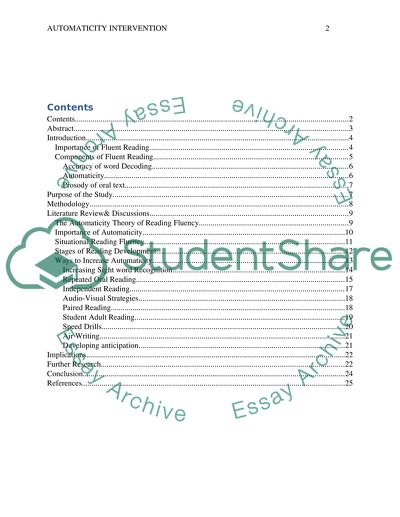Cite this document
(“Automaticity as an Intervention for Improving Reading in Children Research Paper”, n.d.)
Retrieved from https://studentshare.org/psychology/1404241-automaticity-as-an-intervention-for-improving-reading-in-children
Retrieved from https://studentshare.org/psychology/1404241-automaticity-as-an-intervention-for-improving-reading-in-children
(Automaticity As an Intervention for Improving Reading in Children Research Paper)
https://studentshare.org/psychology/1404241-automaticity-as-an-intervention-for-improving-reading-in-children.
https://studentshare.org/psychology/1404241-automaticity-as-an-intervention-for-improving-reading-in-children.
“Automaticity As an Intervention for Improving Reading in Children Research Paper”, n.d. https://studentshare.org/psychology/1404241-automaticity-as-an-intervention-for-improving-reading-in-children.


